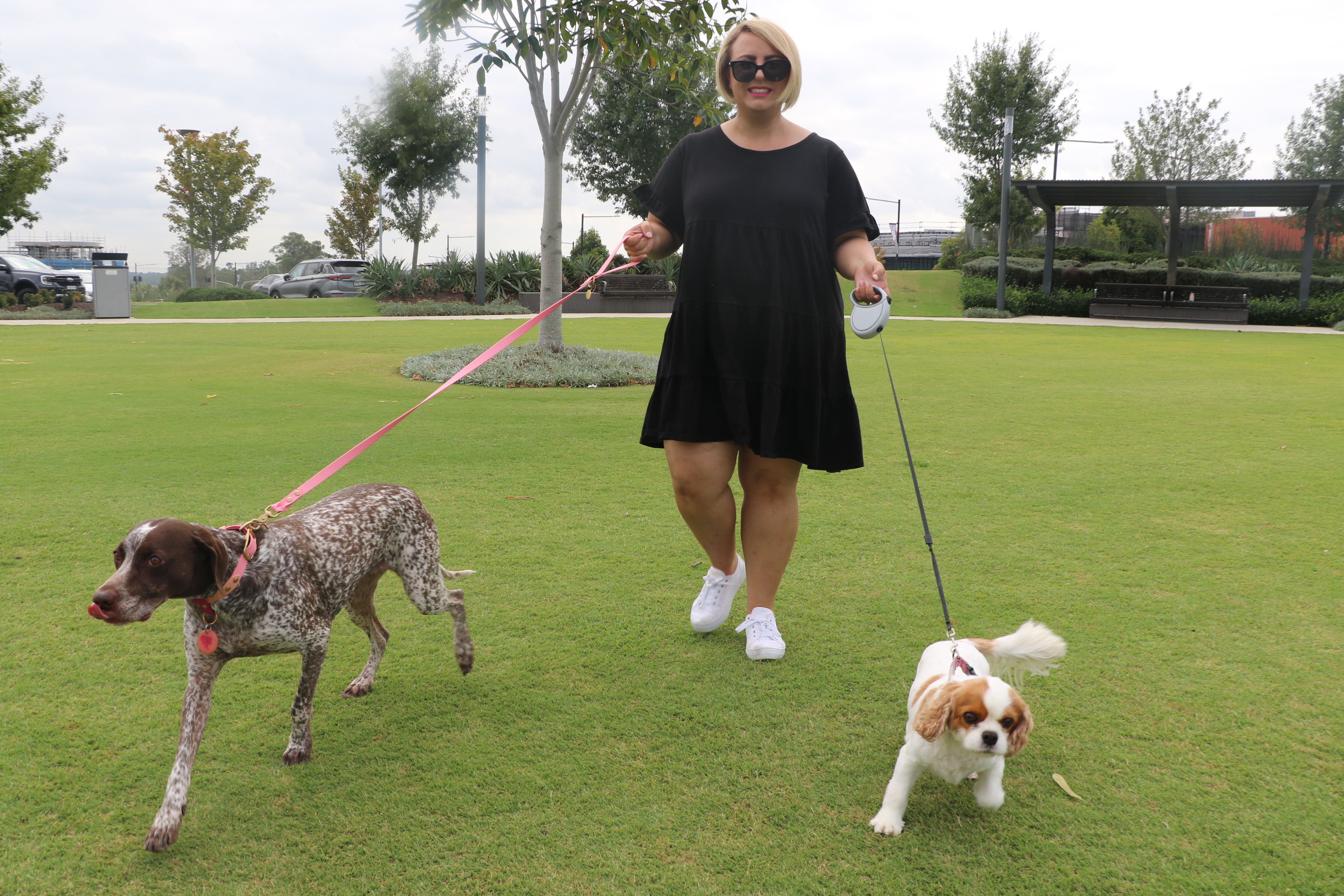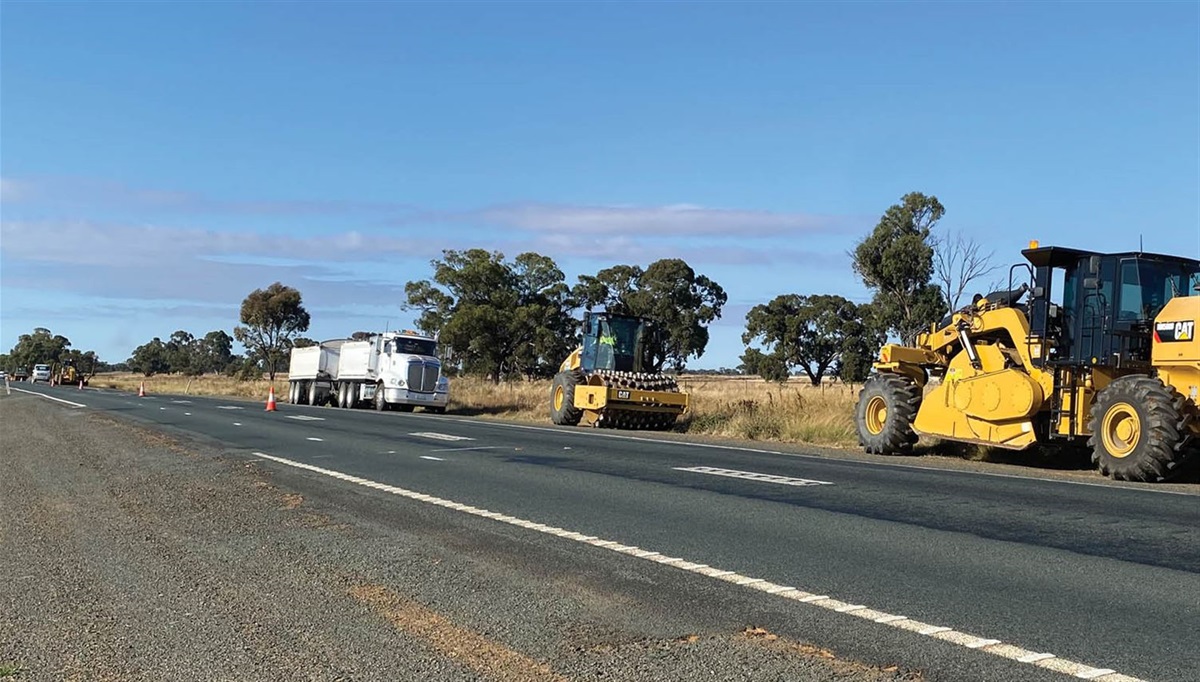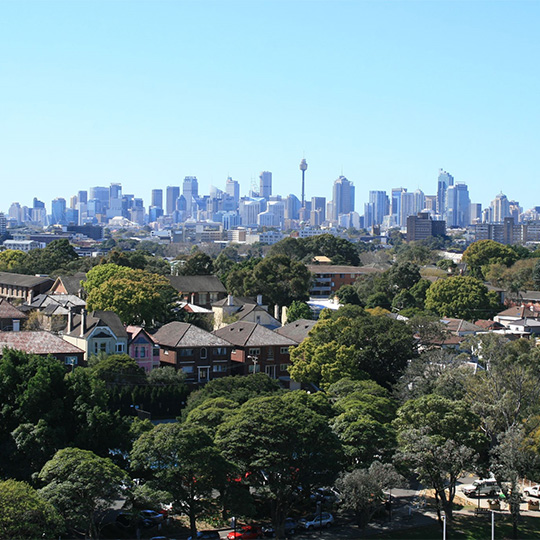“Avocado trees are 10 metres tall by 5 metres wide and there might be 20,000 in an orchard, and we needed a way to efficiently gather samples,” Dr Geering said.
“Bees are brought in to pollinate the trees as a normal farming practice to improve yields.
“They take the pollen back to their hive, so effectively they’ve done the sampling work for us and all we have to do is test the pollen.
“It’s much better than a team of people climbing up ladders or riding cherry pickers to collect leaves.
“Bees are reliable, free and very thorough in their sampling activity.”
Dr Geering plans to implement the bee surveillance more broadly.
“Now that we’ve demonstrated the principle, we’d like to roll it out in the largest avocado producing area in Australia, the Atherton Tableland, to demonstrate that it’s free of the pathogen,” he said.
Dr Roberts said bees in approximately 530,000 commercially managed hives delivering paid pollination services around Australia could be recruited for more surveillance tasks.
“For avocado sunblotch we can use them for annual monitoring during pollination across wide areas,” Dr Roberts said.
The research was funded from the Avocado Industry levy, through Hort Innovation and has been published by APS Publications.
Images and video are available via Dropbox.








